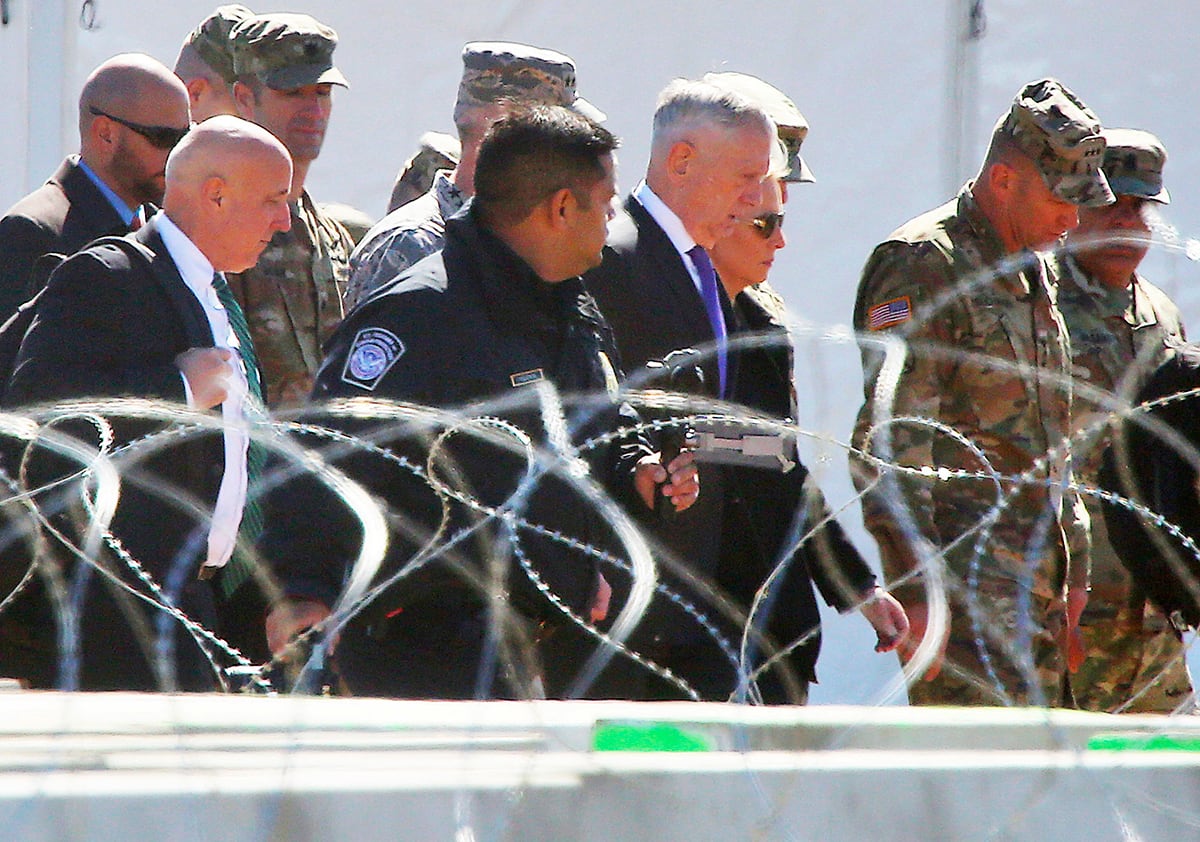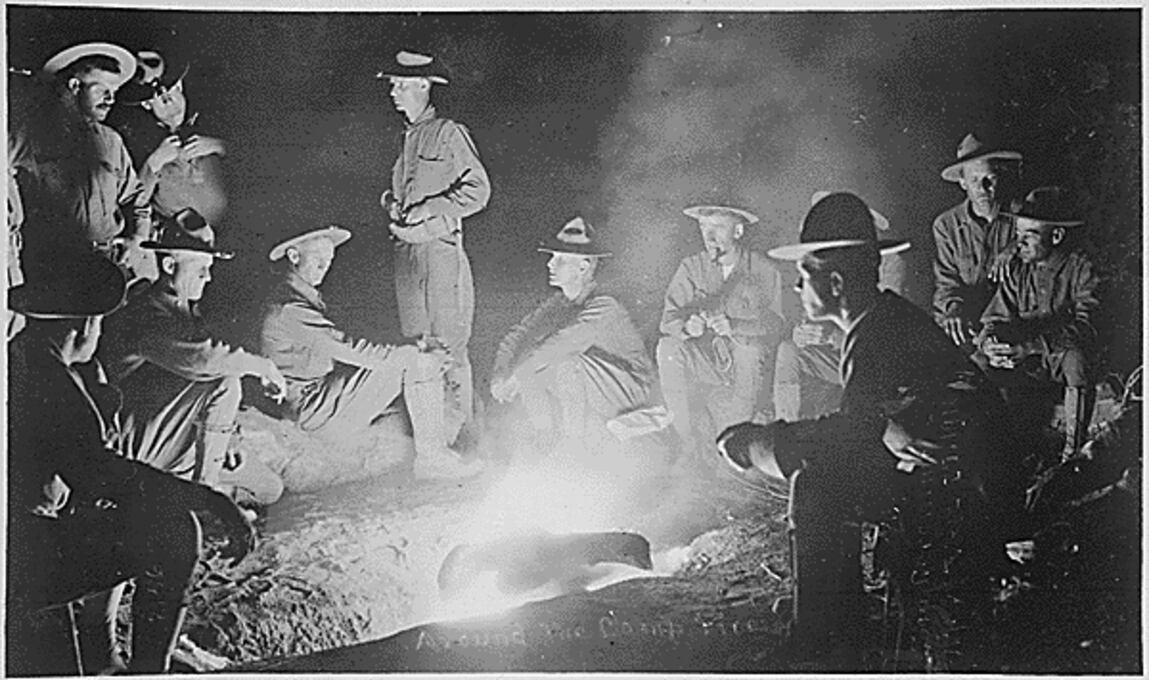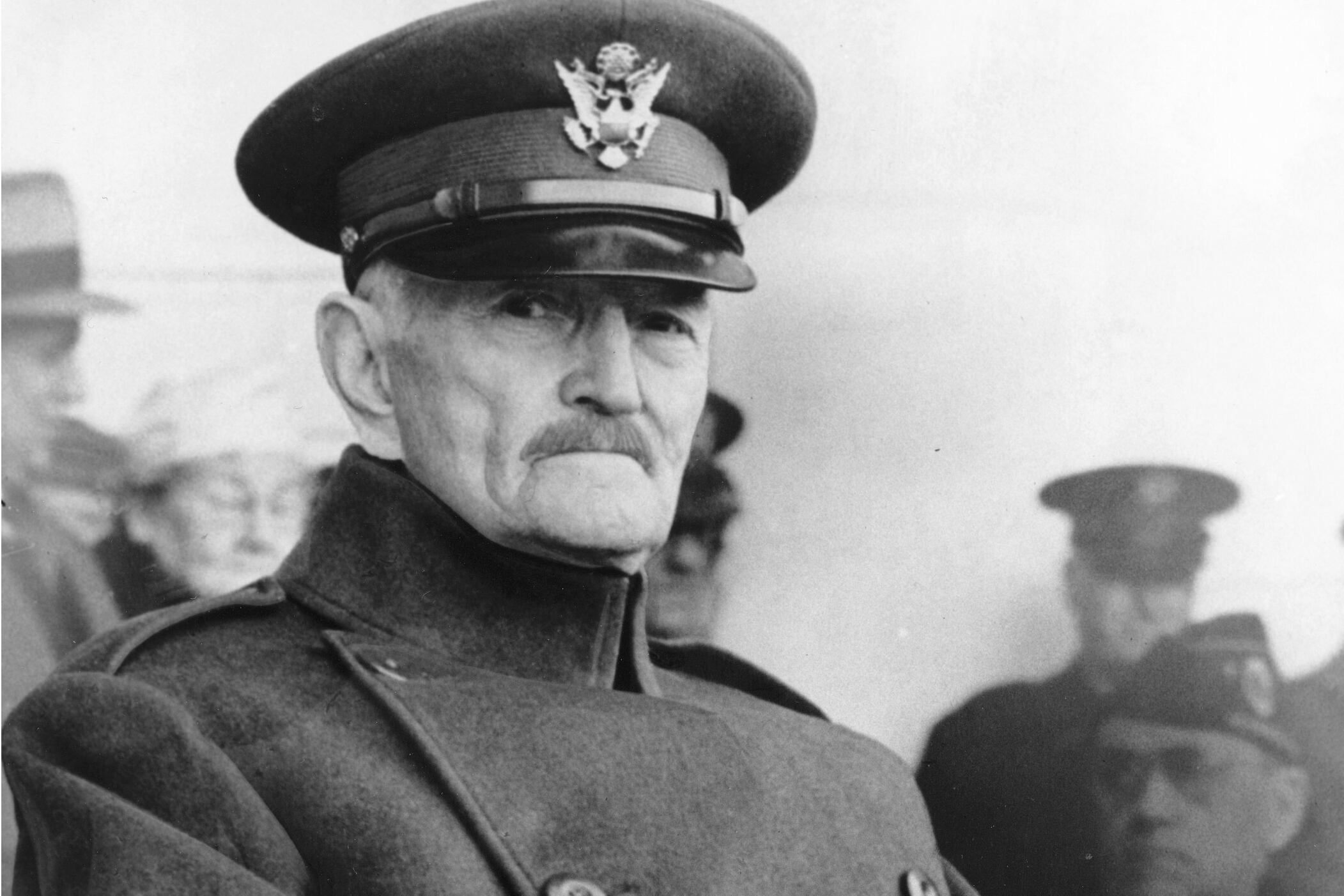COLUMBUS, N.M. — A small New Mexico border town once attacked by Mexican revolutionary Pancho Villa is rejecting talk of a wall and troops while embracing its legacy to draw tourists.
U.S. Defense Secretary Jim Mattis has cited Villa’s 1916 raid of Columbus as an example of why President Donald Trump was deploying active-duty troops along the U.S.-Mexico border.
The deployment comes as thousands of migrants fleeing gang violence and poverty in Central America head toward the U.S.
RELATED

Residents of Columbus say those living on both sides of the border in the area have co-existed peacefully since the Villa invasion. They say the raid was a phenomenon of a different era, and that using it to justify tighter border security ignores more pressing needs such as economic development and better roads.
"It's just an excuse," said Roberto Gutierrez, 63, who owns a grocery store in Columbus. "Ever since then, people on both sides go back and forth (between the U.S. and Mexico) with no problem."
In fact, the town is using the Villa assault to generate historical interest and try to pull in visitors rather than as a cautionary tale.

Columbus is set to launch a campaign called “Where Old Mexico Meets New Mexico” that spotlights Pancho Villa State Park as a place where visitors can explore the area near the scene of the attack and the spot where the military planned its unsuccessful bid to retrieve Villa from Mexico.
The town also has a small museum featuring U.S. Army recruitment posters and weapons.
Residents mark the day of the raid every year to remember the Americans killed. Sometimes there is a quiet moment with candles displayed in the middle of the village. Other times there is a parade through the streets with volunteers dressed as Pancho Villa and U.S. General John J. Pershing.
Shouting "Viva Villa! Viva Mexico!" Villa's forces attacked Columbus in the early morning of March 6, 1916, looting and burning homes and businesses. Around a dozen or so Columbus residents and eight U.S. soldiers were killed before members of the U.S. 13th Cavalry Regiment drove the Villistas back across the border.
RELATED

Historians have long debated the reason for Villa’s attack. University of Houston history professor Jose Angel Hernandez said it came as Mexico was locked in violent civil war. Villa felt betrayed by President Woodrow Wilson, who Villa believed would recognize his rebel government, Hernandez said.
"The raid has to be understood in the context of U.S.-Mexico diplomatic relations and the Mexican Revolution, not immigration," Hernandez said.
The attack sparked outrage across the U.S. and Wilson ordered the Punitive Expedition into Mexico led by General John J. Pershing to capture or kill Villa.
Mexican Americans who endured violence and discrimination in border towns saw Villa as a hero and celebrated the raid. The U.S. Army didn't catch Villa and withdrew from Mexico amid diplomatic pressure ahead of World War I.

Columbus Mayor Esequiel Salas said the village long ago learned to accept its history.
"We've come to terms with it," he said. "I think we see it as an episode to learn from."
Salas said it's frustrating when people who have never visited Columbus cite the raid as a reason for more troops on the border or as a justification to invade another country.
He said people in town rarely complain about border security or talk about a wall to replace its existing fence.
He said he hears more complaints about a lack of housing for seniors and the need for more high-paying jobs in the area than about the raid 102 years ago.
“A lot has changed since then, and we’ve learned from each other,” Salas said. “We are still trying to learn from it all in our small community.”





